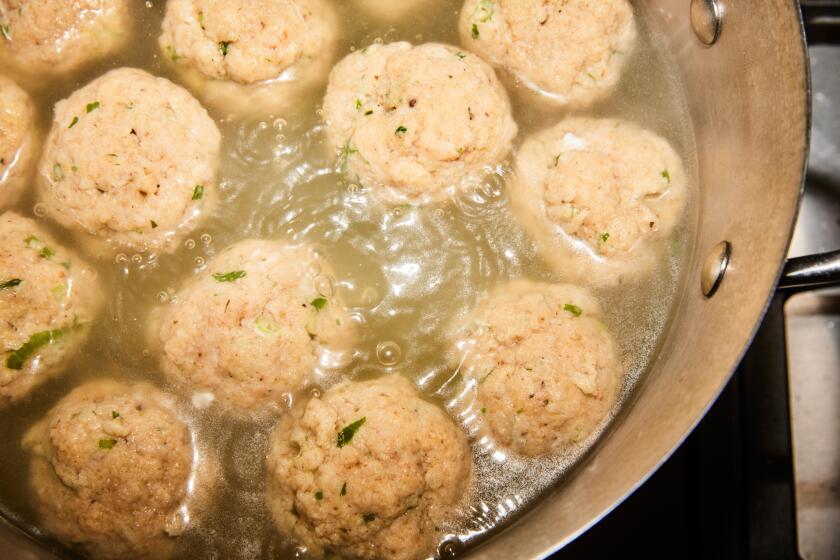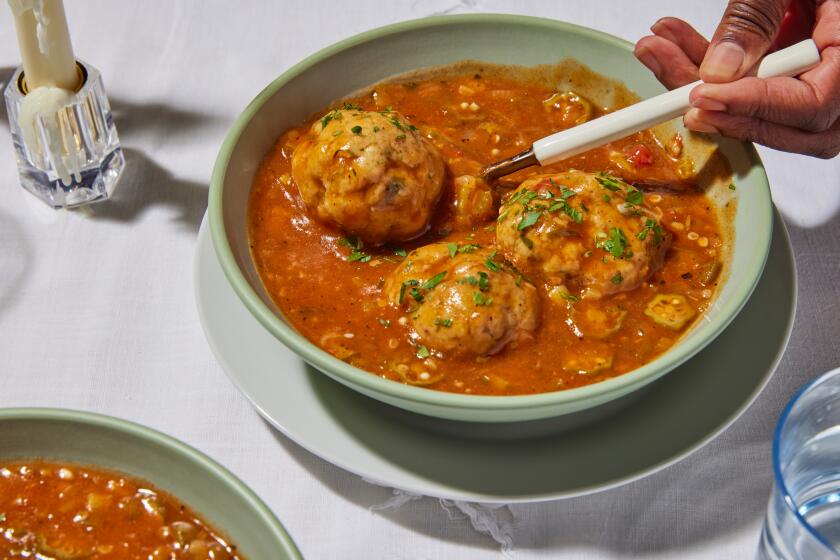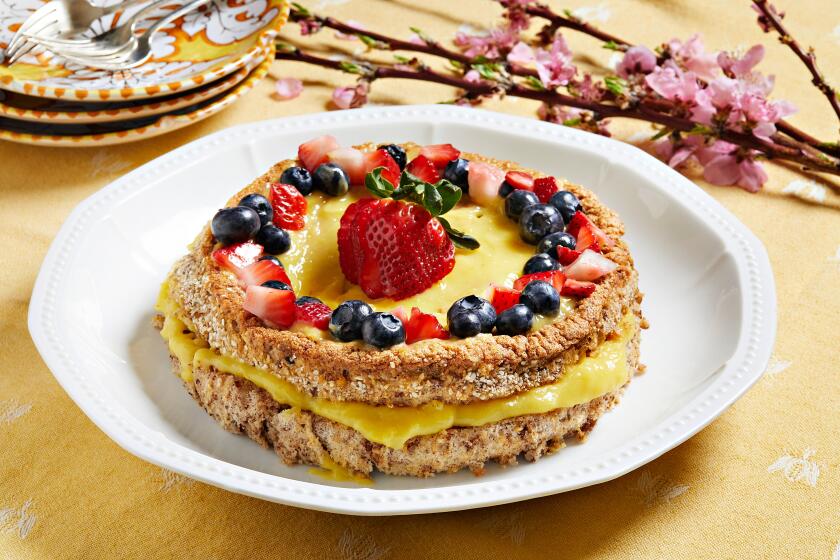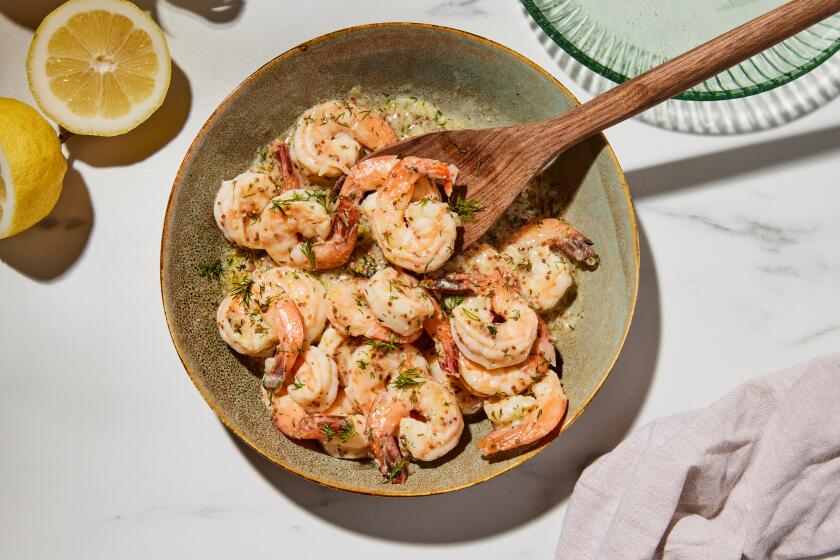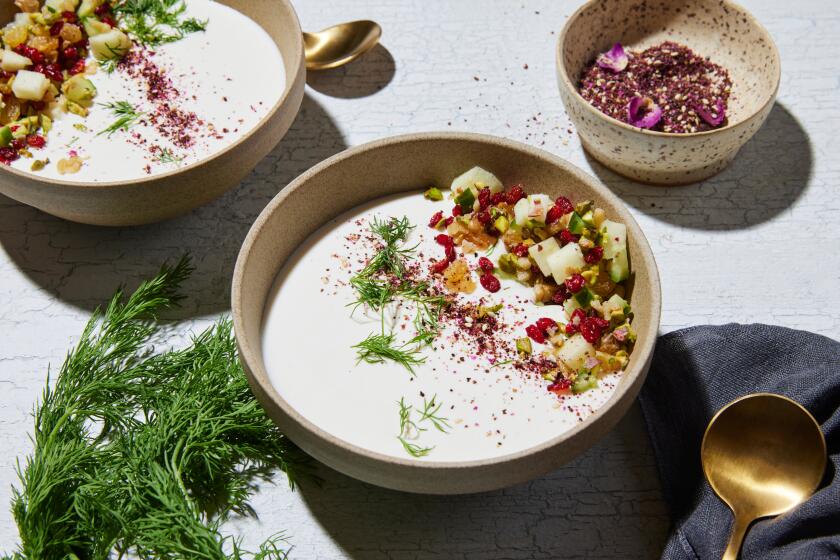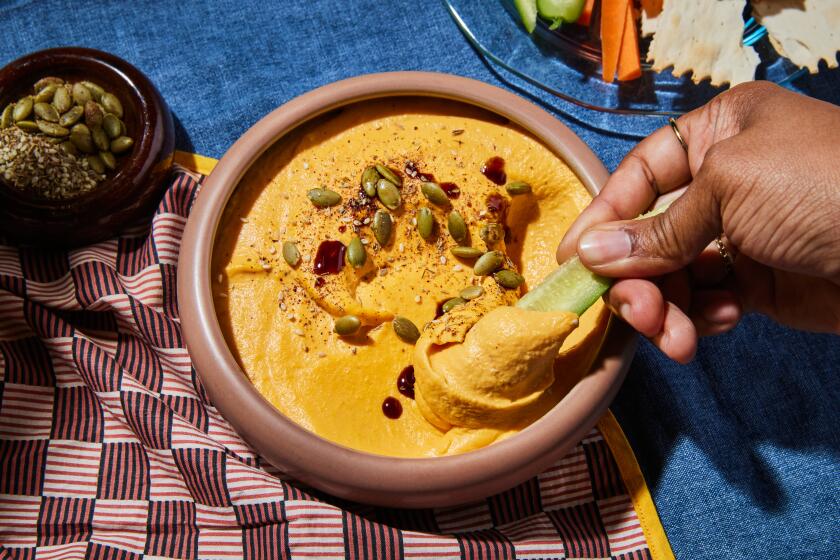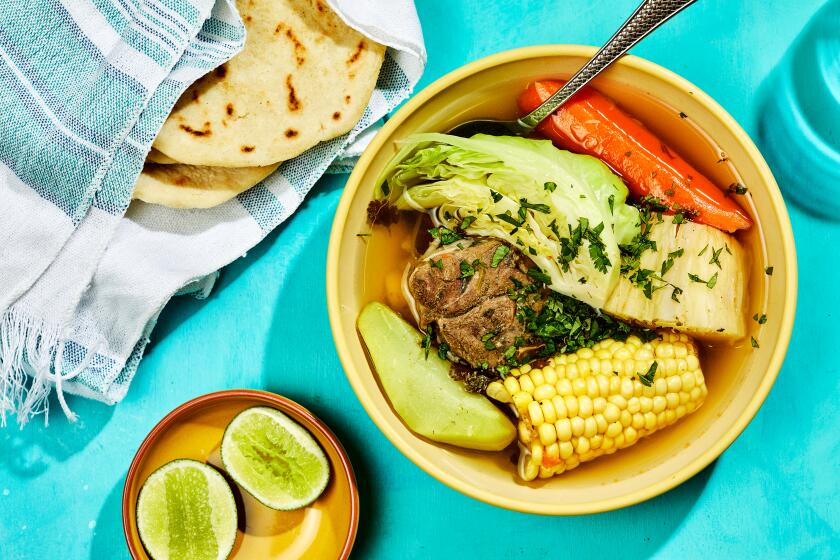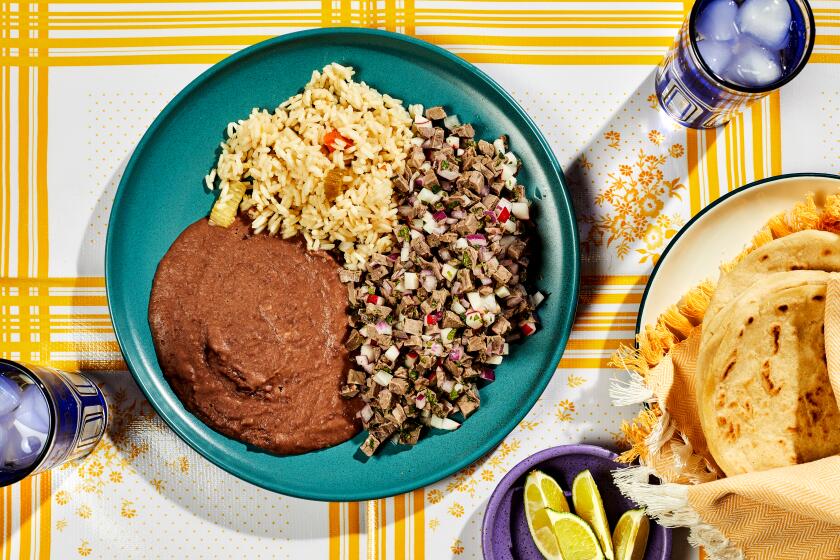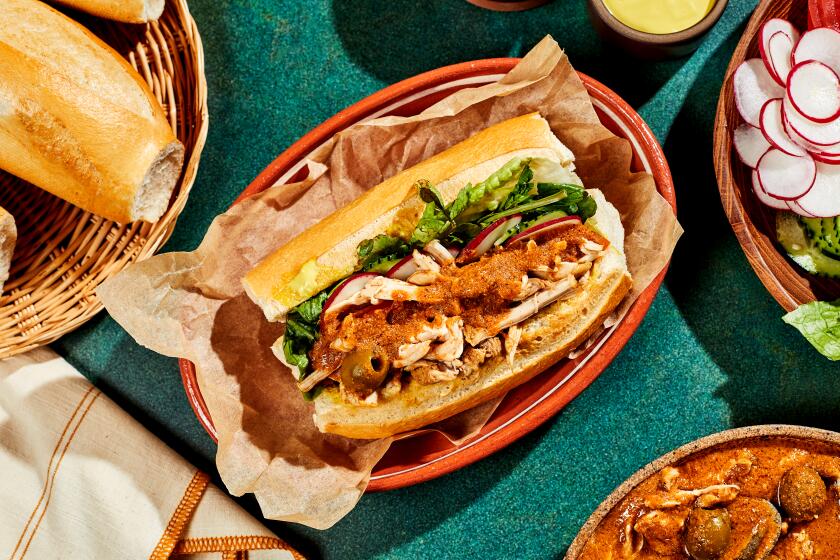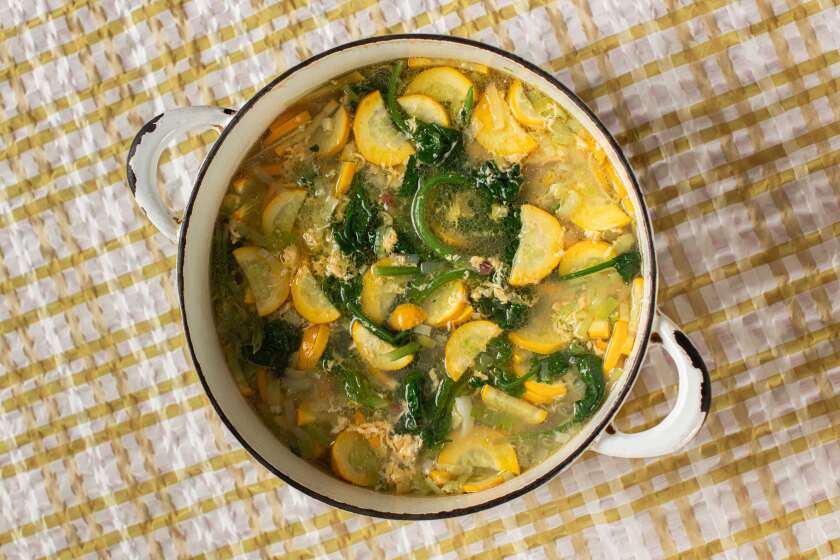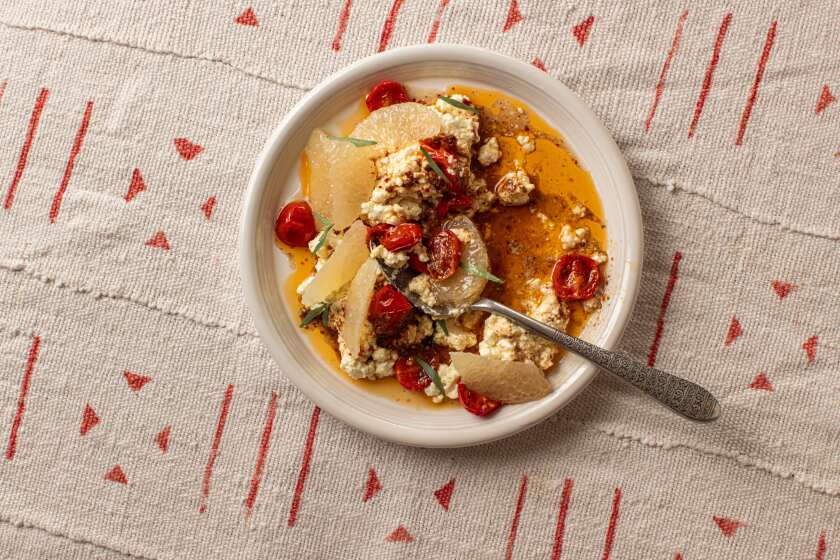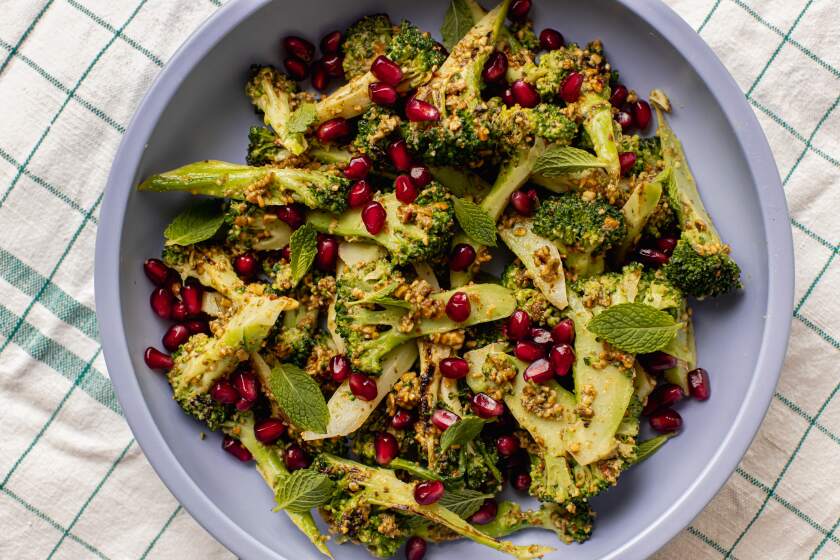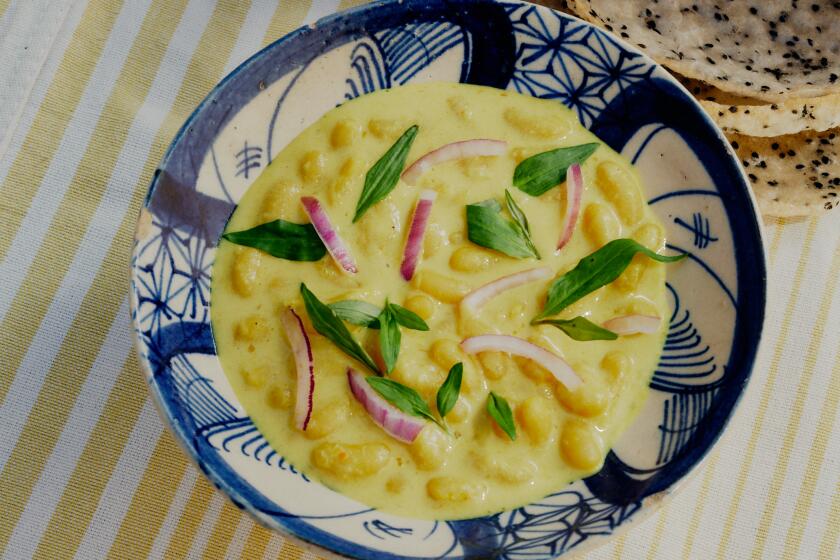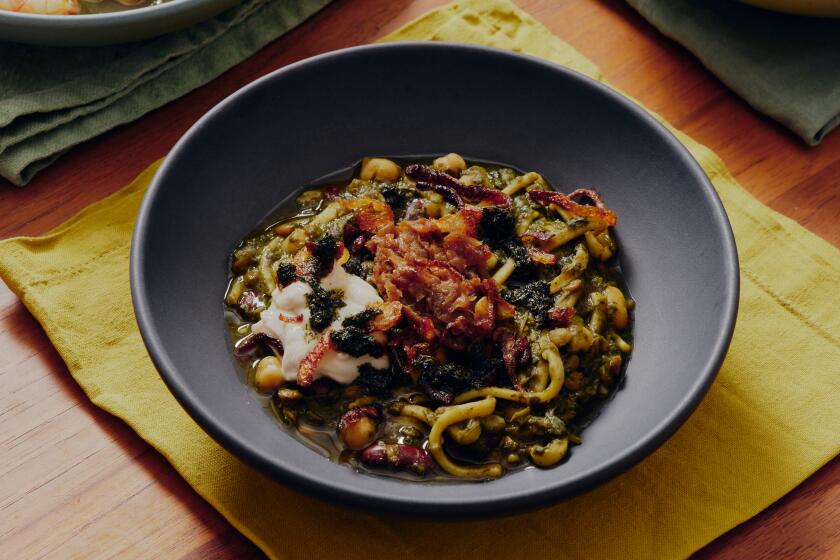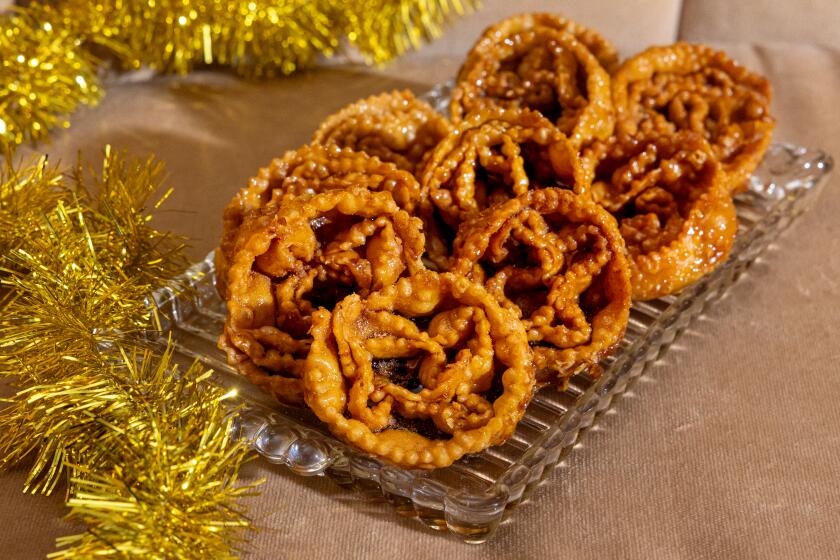Emily's chocolate mandel bread
This mandel bread, like biscotti, is a twice-baked cookie enjoyed in different incarnations around the world. It incorporates cocoa into the dough for chocolate flavor and white chocolate chips for texture and visual appeal.
If you are going to put toasted hazelnuts into your biscotti, you’ll want to remove the skins. There are two ways to do this:
Heat the oven to 350 degrees. Toast hazelnuts on a cookie sheet for about 10 to 15 minutes, until the skins blister. Then place the nuts in a clean kitchen dish towel, wrap them up and let them sit for a minute or two to steam. Rub most of the skins off with the towel. (Don’t worry about the pieces that don’t come off.) Cool completely before chopping.
Or: Heat the oven to 350 degrees. On the stovetop, bring 2 cups of water to boil, then add 3 tablespoons baking soda and the hazelnuts. Boil for about 6 minutes, until the water turns black. Then pour the nuts into a colander and run cold water over them. Use your fingers to rub off the skins, then dry the nuts with a clean dish towel. Transfer the nuts to a baking pan and toast in the oven for about 15 minutes. Cool before chopping.
From the story: Biscotti and its crunchy cousins
In a large bowl, sift together the flour, baking powder and cocoa powder. Set aside.
In the bowl of a stand mixer, or in a large bowl using a hand mixer, beat together the canola oil, eggs and vanilla. Add the sugar, mixing until well blended.
Gradually add the flour mixture to the egg mixture, mixing at low speed until it is smooth (if using a hand mixer, some of this may need to be done by hand with a large spoon). Stir in the white chocolate chips.
Keep the dough in the mixing bowl and place it, covered, in the refrigerator for at least an hour to chill thoroughly.
When the dough is cold, heat the oven to 350 degrees. Line a cookie sheet with parchment paper.
Wet your hands with cold water and form the dough into 2 fat and long logs about 12 inches in length, 3 to 4 inches wide and one-half to three-fourths inch in diameter. Place them side by side on the cookie sheet, but leave space between them to give them room to expand while baking.
Bake for 25 minutes at 350 degrees.
Remove the tray from the oven and reduce the temperature to 300 degrees.
Cool the logs on the cookie sheet for about 20 minutes. Then cut the logs into 1/2-inch slices and, keeping them upright, arrange them on the cookie sheet so there is a little space between them.
Return the cookie sheet to the oven and bake the slices for another 15 minutes to dry them out.
Cool completely before packing in an airtight container. I usually double-bag these and freeze them. (You can zap 1 or 2 at a time for 20 seconds in the microwave.)
Get our Cooking newsletter.
Your roundup of inspiring recipes and kitchen tricks.
You may occasionally receive promotional content from the Los Angeles Times.

